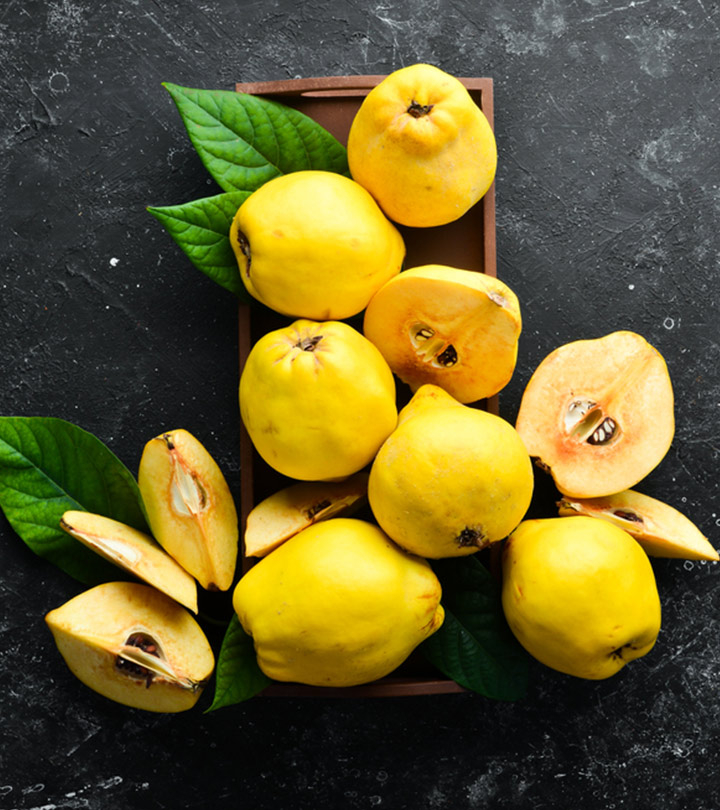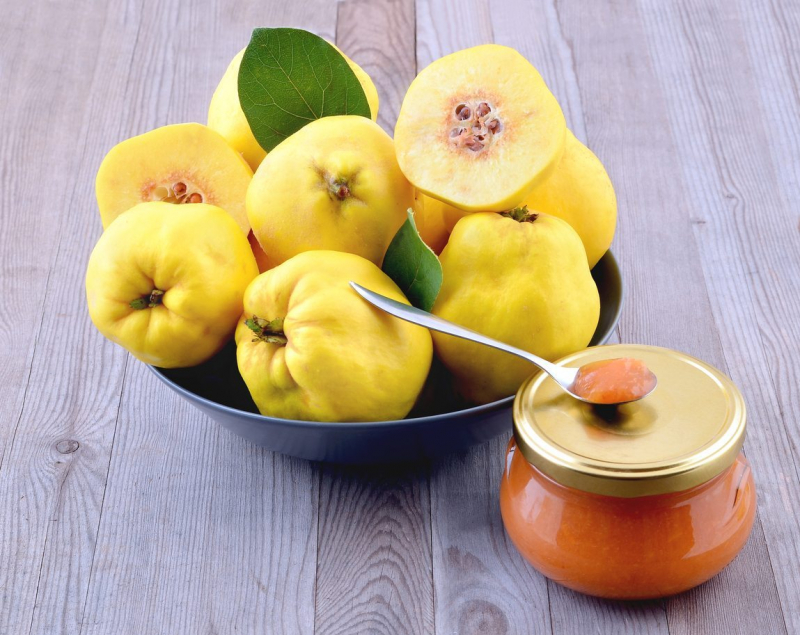Quince
The quince is the sole member of the genus Cydonia in the family Rosaceae (which also contains apples and pears, among other fruits). Although it may be successfully grown in latitudes as far north as Scotland, quince is a native of the Hyrcanian forest region, which is located south of the Caspian Sea. It must not be mistaken with its relatives, the Chinese quince, Pseudocydonia Sinensis, or the blooming quinces of the genus Chaenomeles, either of which is occasionally substituted in cooking.
The tree has a 5 to 8 m height and a 4 to 6 m width. The fruit is 60 to 90 mm in diameter and 70 to 120 mm long. Prior to maturing in late fall when the fruit changes color to yellow with thick, strongly fragrant flesh, the immature fruit is green with dense grey-white fine hair, much of which rubs off. The leaves have an entire edge, are alternately arranged, simple, 60-110 mm long, and heavily pubescent with tiny white hairs. The flowers, which appear in the spring after the leaves, are 50 mm across, white or pink, and have five petals. The seeds have nitriles, which are frequently found in the seeds of plants in the rose family. In the stomach, enzymes or stomach acid or both cause some of the nitriles to be hydrolyzed and produce hydrogen cyanide, which is a volatile gas. The seeds are only toxic if eaten in large quantities.












